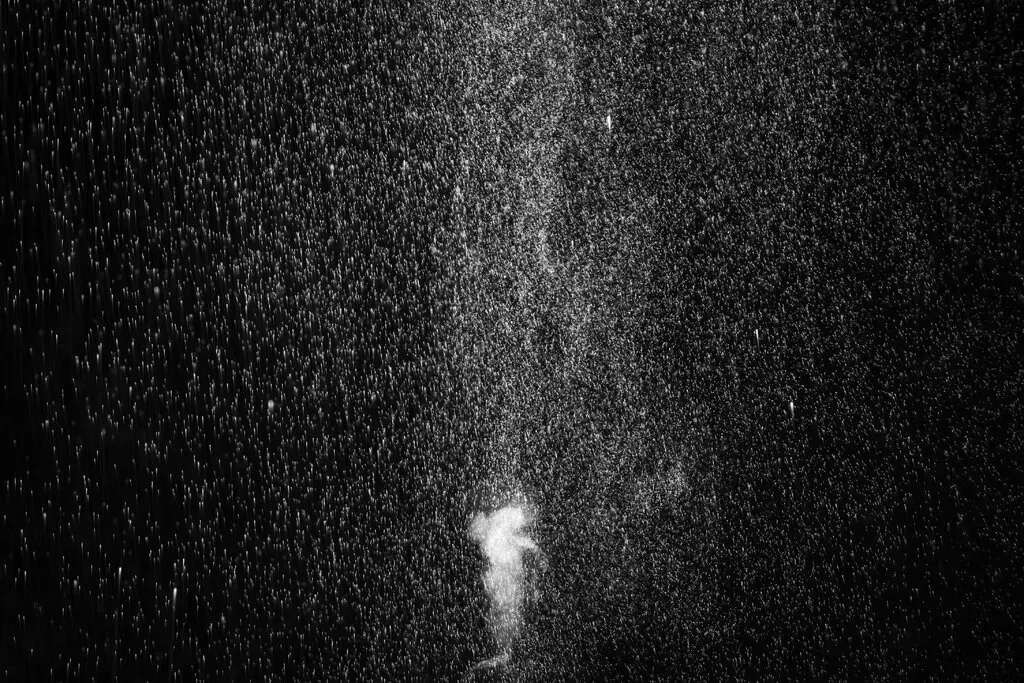(CTN News) – The World Health Organization and about 500 experts have agreed for the first time on what it means for a disease to spread through the air to avoid the uncertainty that arose early in the COVID-19 pandemic, which some scientists claim killed lives.
On Thursday, the Geneva-based United Nations health agency issued a technical document. It stated that it was the first step toward determining how to better avoid this type of transmission for present diseases like measles and potential pandemic threats.
The document concludes that the term “through the air” can be used to describe infectious diseases where the primary mode of transmission involves the pathogen traveling through the air or being suspended in the air. This is similar to other terms, such as “waterborne” diseases, which are understood across disciplines and by the general public.
Impact of COVID-19 Pandemic on Airborne Disease Understanding
The definition was developed by around 500 specialists, including physicists, public health professionals, and engineers, who had previously clashed violently.
Agencies have traditionally demanded high levels of proof before declaring diseases airborne, necessitating stringent containment measures; the new definition states that the danger of exposure and severity of disease should also be considered.
Previous arguments centered on whether infectious particles were “droplets” or “aerosols” based on size, which the new definition rejects.
During the early stages of COVID in 2020, over 200 aerosol experts openly complained that the WHO had neglected to warn people about the potential of the virus spreading through the air. They claimed this resulted in an overemphasis on procedures such as handwashing to prevent the virus rather than focusing on ventilation.
By July 2020, the organization stated that “evidence emerging” of airborne spread, but its then-chief scientist Soumya Swaminathan, who initiated the process of obtaining a definition, later stated that the WHO should have been more strong “much earlier”.
In an interview, her successor, Jeremy Farrar, stated that the revised definition encompassed more than only COVID, but that there was a lack of evidence at the start of the pandemic, and experts, including the WHO, operated in “good faith”. At the time, he was the director of the Wellcome Trust charity and advised the British government on the pandemic.
Farrar stated that agreeing on a definition among experts from all disciplines would allow discussions to begin concerning concerns such as ventilation in various settings, including hospitals and schools.
He contrasted it to realizing that blood-borne infections such as HIV or hepatitis B might be disseminated by medics who did not use gloves during surgeries.
“When I started out, medical students, nurses, doctors, none of us wore gloves to take blood,” he told a reporter. “It’s unfathomable that you would not wear gloves. But it happened because everyone agreed on the subject and the terminology… [The change in practice] occurred later.”







